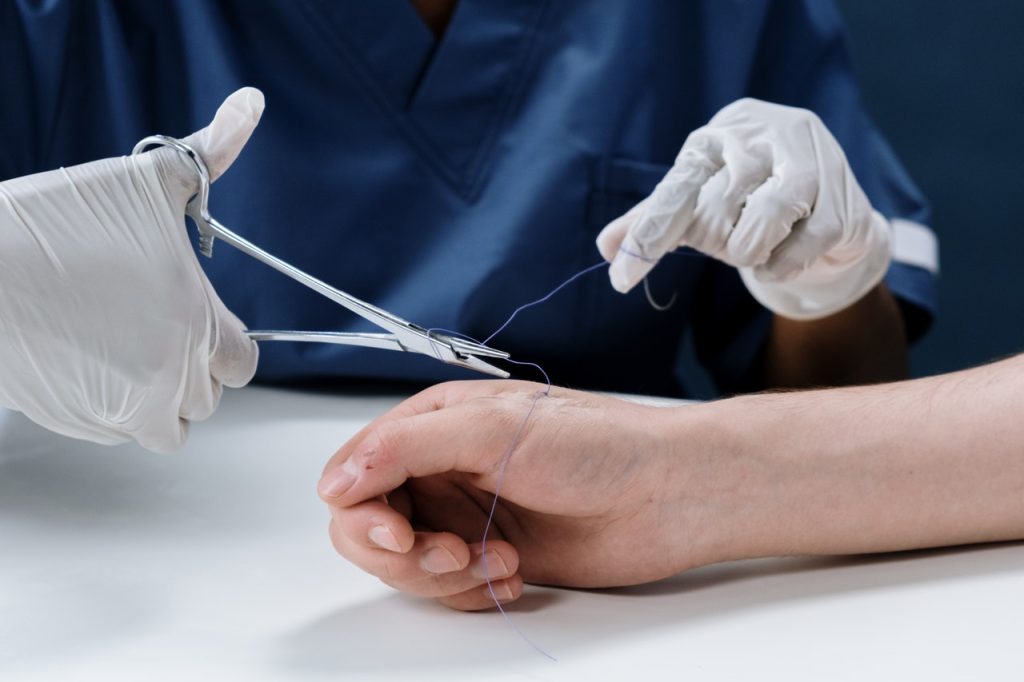
A new study from Vanderbilt University researchers has revealed how cells detect and react to wounds.
The epithelial cells which cover the body and its organs, must be able to heal wounds, as they are constantly exposed to insults and abrasion. “When these cells detect a wound nearby, they change their behaviours,” said study co-leader Professor Andrea Page-McCaw in the Department of Cell and Developmental Biology. “They transition from stationary, nondividing, noninvasive cells to cells that migrate, divide and invade.” This also describes the behaviors of cancer cells, which adopt wound-healing behaviours without any wound.
The researchers began with focusing on epithelial cells’ first known reaction of to a nearby wound: an increase in calcium levels, which typically occurs within a minute of wounding.
“We were able to connect the response of these cells directly to the cellular damage inherent in wounding,” Prof Page-McCaw said. “We found that wounds destroy cells, causing them to leak or even burst, and some of their contents get out. Outside of cells, tissues have a detector molecule ready to sense these cellular contents. When they do, proteases in the cellular contents chop up the detector molecule into smaller pieces, which spread to nearby cells. This activates receptors on the cells’ surfaces, giving them the information that a wound is nearby.”
Successful and efficient wound healing is key for recovery from trauma or surgery, and this study improves the understanding of how wounds are recognised by epithelial cells and how this leads to wound healing. This will help develop therapeutics that can address this health issue.
Slow wound healing time can be caused by a number of factors, such as diabetes, and can lead to infection and declining health. By figuring out how to downregulate these wound-healing behaviours in combination with other cancer interventions, this work offers insights that could help combat cancer’s adoption of this mechanism.
The researchers will next focus on how cells use the information they receive about the presence of a wound, specifically how the information is encoded in the calcium signal dynamics and then converted into migration, proliferation and changes in cell- and tissue-level mechanics. “Now that we have a solid understanding of how the presence of a wound is first signaled to nearby cells, we can ask a lot of interesting follow-up questions,” said study co-leader Shane Hutson, chair of the Department of Physics and Astronomy and professor of physics and biological sciences. “How much information is present in those signals? Can cells interpret the signals to know how large the wound is or how far they are from the wound? Do they use the way the dynamic signals change with time to make that measurement? What are the detailed mechanisms by which the signals then get turned into cellular actions?”
Source: Vanderbilt University
Journal information: James T. O’Connor et al, Proteolytic activation of Growth-blocking peptides triggers calcium responses through the GPCR Mthl10 during epithelial wound detection, Developmental Cell (2021). DOI: 10.1016/j.devcel.2021.06.020

